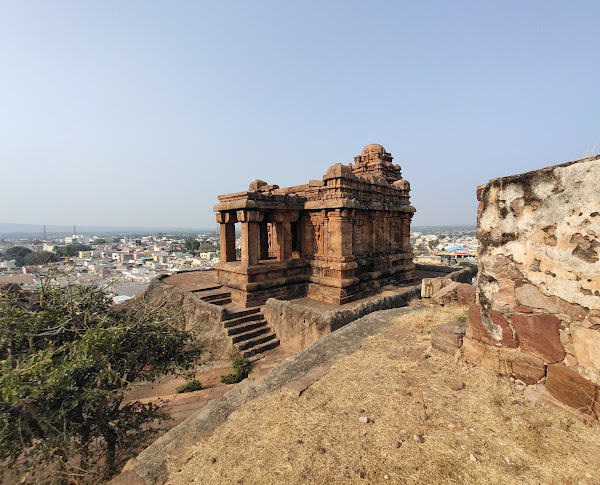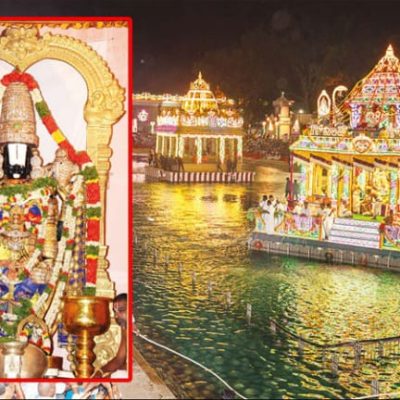Badami Malegitti Shivalaya, Karnataka

Address
Badami Malegitti Shivalaya, Badami fort, Badami, Karnataka 587201
Diety
Shiva
Introduction
Badami is a town in Bagalkot district of Karnataka in India. It was capital of Chalukya kings. It was earlier known as ‘Vathapi’ but changed its name as Badami in 540AD. The stone temple Malegitti Shivalaya is dedicated to Lord Shiva that was built in 7th century, depicting architecture in Pallava style, can see three temples in one place. The middle one is Malegitti Shivalaya dedicated to Lord Shiva. It is found at 2km from town, on the top of rocky hill. It is one of the oldest stone temples of 7th century.
Puranic Significance
This temple is the earliest surviving example of the Dravida style in Early Chalukya architecture. It consists of a sanctuary, without passageway, opening into a triple aisled mandapa. Walls of sanctuary and mandapa have a curved course and a central recessed portion, divided into panels, some filled with gana musicians, dancers and warriors. The mandapa walls have three projections on the north and south, among which the middle one accommodates panels portraying Shiva (south) and Vishnu (north). Each god is accompanied by a pair of diminutive companions. The mandapa walls, beside the porch, have a corner pilastered projection and a single niche containing a swaying dvarapala. The sanctuary and mandapa walls are overhung by continuous kapota eaves on a frieze of ganas. Two recessed moldings support a parapet, with a set of corner kutas and central shalas over the mandapa walls, and a similar, kuta-shala-kuta parapet over the sanctuary walls. There is a tower rising over the sanctuary, above which rises the octagon-to-dome roof, exactly like that of upper Shivalaya, but without amalaka finial. The mandapa interior has a central east-west aisle, defined by raised floor strips linking the free-standing and engaged columns. Two additional columns define a small bay in front of the sanctuary doorway. Transverse beams carried on open-mouthed makara brackets carry the raised and horizontal roof slabs, with vishnu on flying Garuda carved onto the central bay. The sanctuary doorway is framed by jambs, including those with serpent bodies culminating in a flying Garuda over the lintel, with male and female figures beneath at either side. A linga on a pedestal, perhaps replacing a sculpted icon, is seen within the sanctuary.
Century/Period/Age
7th century A.D.
Managed By
Archeological survey of India.
Nearest Bus Station
Badami
Nearest Railway Station
Bagalkot
Nearest Airport
Belgaum





